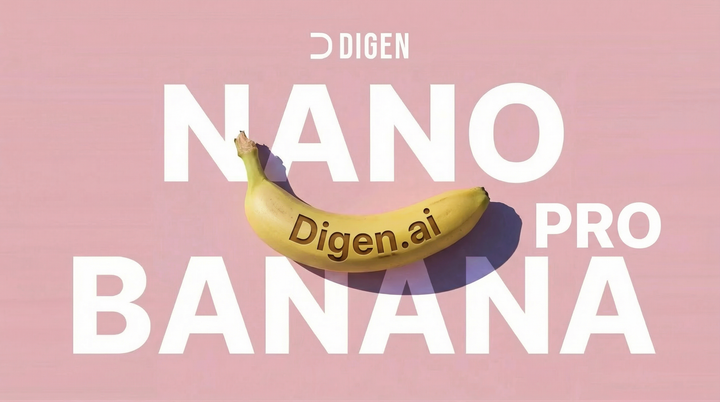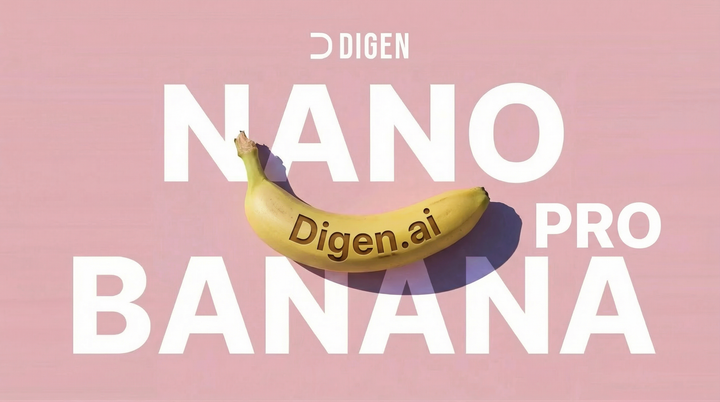Real Motion 2.6 Pro-What's New & How to Write Killer Prompts

Real Motion 2.6 Pro is a major step up from 2.6: a Mixture-of-Experts (MoE) architecture, a much larger training set, and a new 5 B “hybrid” model that can crank out 720 p @ 24 fps on a single 4090. Below you’ll find (1) the key upgrades, (2) an updated prompt-writing framework, and (3) several ready-to-run sample prompts.
Why you care...
Sharper frames, fewer artefacts – The MoE hand-off cleans up fine detail without killing global coherence.
Better motion – Fast pans, parallax pulls and multi-object scenes survive more often.
Cheaper to tinker – The 5 B TI2V fits into 8 GB with off-loading; perfect for local prototyping.
Prompt Writing Framework (Real Motion 2.6 Pro Edition)
Much like Real Motion 2.6, you want to target prompts of 80–120 words. Under-specify and the MoE fills in its own "cinematic" defaults – sometimes great, often random.
1) Shot Order
Lead with what the camera sees first, then describe the subsequent moves:
Opening shot → Camera motion → Reveal / pay-off
2) Camera Language
When we tested Real Motion 2.6, we found that it was not so reliable at following every camera movement we specified. Real Motion 2.6 Pro has improved considerably in this area.
- pan left/right
- tilt up/down
- dolly in/out
- orbital arc
- crane up
3) Motion modifiers
speed adjectives: slow-motion, rapid whip-pan, time-lapse
parallax cues: "foreground reeds sway, background mountains fixed"
4) Aesthetic tags
lighting: volumetric dusk, harsh noon sun, neon rim light, etc.
colour-grade: "teal-and-orange", "bleach-bypass", "kodak portra"
lens/style: anamorphic bokeh, 16mm grain, CGI stylized
5) Temporal & spatial params
Real Motion 2.6 Pro works best with clips that are no longer than 5 seconds long. You control the length via a combination of frame count and frames per second.
- frame count: ≤ 120 works well.
- resolution: 960×540 for quick tests; 1280×720 for publication
- frames/second: default is 24; for quick tests, we often use 16
6) Negative Prompt
The negative prompt is now more consistently respected.
We've generally left the default in:
"bright colors, overexposed, static, blurred details, subtitles, style, artwork, painting, picture, still, overall gray, worst quality, low quality, JPEG compression residue, ugly, incomplete, extra fingers, poorly drawn hands, poorly drawn faces, deformed, disfigured, malformed limbs, fused fingers, still picture, cluttered background, three legs, many people in the background, walking backwards"
Sample Results
We ran a few experiments on prompt adherence with camera motions. These are some of our earliest experiments with Real Motion 2.6 Pro. We will soon publish a more detailed prompt guide after more thorough experimentation.
Neon Drift (cyberpunk tracking shot)
Prompt:
"A rainy night in a dense cyberpunk market, neon kanji signs flicker overhead. The camera starts shoulder-height behind a hooded courier, steadily tracking forward as he weaves through crowds of holographic umbrellas. Volumetric pink-blue backlight cuts through steam vents, puddles mirror the glow. Lens flare, shallow depth of field. Moody, Blade-Runner vibe."
Alpine Reveal (pull back)
Prompt:
"Extreme close-up of a mountaineer’s ice axe biting into frozen rock. Camera dollies back and tilts up simultaneously, revealing the climber and a vast sunrise-lit alpine ridge behind him. Crisp morning air, golden rim-light, subtle lens flare."
The initial result here seems to have ignored the desired camera movement completely.
Aquatic Ballet (slow motion orbit)
Prompt:
"An orca breaches in crystal-clear Arctic waters. Slow 360° orbital shot around the soaring whale as droplets hang suspended. Soft polar sunset lights the scene in pastel pinks and blues; cinemagraphic HDR."
Here, we were generating the default 5-second video, and it seems to have been a bit long for the prompt. The slow motion element of the prompt seems to have been respected but the camera orbital was completely ignored.
Camera Movement Comparison with Real Motion 2.6
In a previous post, we tried a number of prompts to get precise control over camera movements with Real Motion 2.6. When we were running those experiments, we had to repeatedly and carefully tweak the prompt to get the effect we wanted. And in the end, some camera movements were very difficult to achieve. With Real Motion 2.6 Pro, we went back to the same prompts and tried to see how much had improved.
Pan Left/Right
- Real Motion 2.6: Getting the right direction was extremely difficult (basically random), and produced discontinuities.
- Real Motion 2.6 Pro: Successfully controlled pan direction on the first try — even when changed from “left” to “right”.“pan” to Whip pan“
Prompt:
"A low angle shot of a jazz pianist in a dimly lit 1920s jazz bar... Camera pans left to low angle shot of a cute girl with pigtails and glasses playing the trumpet."
Pull Back / 拉回
Both versions handle pull-back well, but Real Motion 2.6 Pro delivers smoother transitions and better spatial coherence.
Prompt:
"Close up shot of the determined face of a battle-worn samurai. Camera pulls back to reveal him standing alone on a foggy battlefield, gripping his katana. Camera pulls back to reveal fallen warriors behind him. Wind whips through the trees, sending red autumn leaves swirling."
Dolly In/Out
- Real Motion 2.6: Dolly-in worked; dolly-out consistently failed (only produced dolly-in).
- Real Motion 2.6 Pro: Both dolly-in and dolly-out work reliably on first attempt.
Example:
In the style of an American drama promotional poster, Walter White sits in a metal folding chair wearing a yellow protective suit, with the words "Breaking Bad" written in sans-serif English above him, surrounded by piles of dollar bills and blue plastic storage boxes. He wears glasses, staring forward, dressed in a yellow jumpsuit, with his hands resting on his knees, exuding a calm and confident demeanor. Camera hitchcock zooms in. The background shows an abandoned, dim factory with light filtering through the windows. There's a noticeable grainy texture. A medium shot with a straight-on close-up of the character.
Tilt
- Real Motion 2.6: Struggled to produce convincing tilt.
- Real Motion 2.6 Pro: Smooth, accurate upward tilt from feet to full-body mountain view.
Example:A close-up shot of the feet of a man wearing mountaineering gear, standing in a grassy field. Camera slowly tilts up, revealing the full body of a mountaineer wearing gear. In the distance, majestic rocky mountains tower above.
Tracking Shot
Both versions excel, but Real Motion 2.6 Pro adds better motion consistency and environmental detail.
- Real Motion 2.6: Tracking shot
- Real Motion 2.6 Pro: Tracking shot
Example:A sprawling cyberpunk metropolis, neon lights reflecting off rain-soaked streets. Pedestrians in futuristic outfits rush by as holographic advertisements flicker in the air. The camera follows a hooded figure in a long tracking shot, weaving through the crowded market. Overhead lights cast a moody glow, while fog drifts through the alleyways. The scene is dark and mysterious, with blue and purple lighting creating a high-tech, dystopian feel.
Crash Zoom
- Real Motion 2.6: Produced jarring transitions.
- Real Motion 2.6 Pro: Clean, dramatic crash zoom with comedic timing preserved.
Example:In a large dimly lit midcentury modern room, a man sits with an authoritative and pensive pose on a leather chair. He is wearing a dark suit jacket and grey trousers. He has silver hair. The chair is in the center of the screen. Behind the chair, there is an oak console with a lamp. The wall is made of oak panels. The man looks directly at the camera. Camera rapidly zooms in on the man's face. Then he lets out a slight smirk.
Camera Roll
- Real Motion 2.6: Required many attempts; results still unnatural.
- Real Motion 2.6 Pro: First-attempt 360° roll around a sleeping man at his desk — stable, immersive, and disorienting as intended.
Example:Overhead shot of a man fallen asleep on his desk in front of his computer. The room is dark except for the light from the monitor. The man's head is on his arms by the keyboard. Around the desk, there is a mess of papers and floppy disks. The camera rolls in full 360 motion.




Comments ()